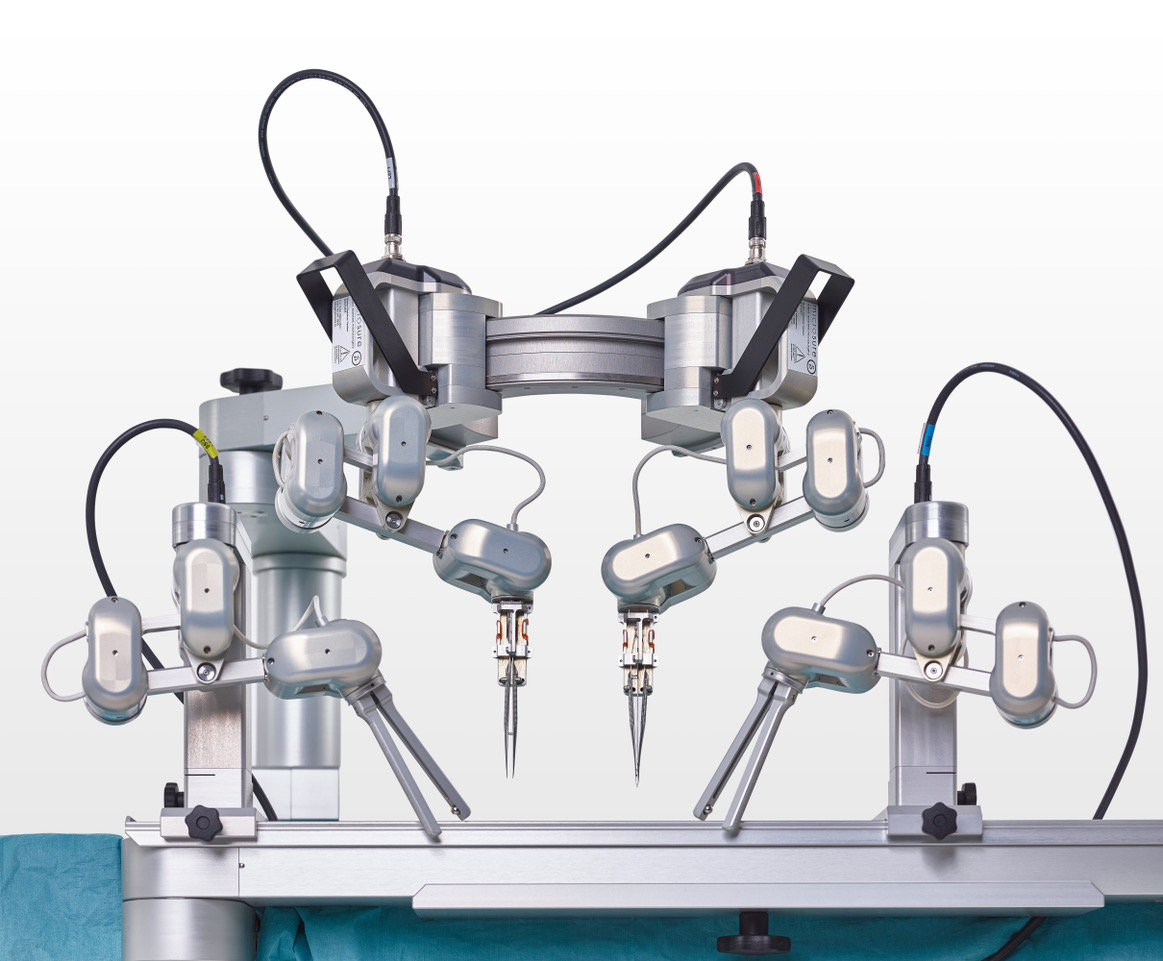Media Release
From: Springer Nature3. Medical research: Robot-assisted supermicrosurgery demonstrated in humans *IMAGE*
The first in-human trials of robot-assisted supermicrosurgery using a dedicated robotic platform are reported in a pilot study in Nature Communications.
Advances in technology have meant that supermicrosurgery can be performed on vessels within the body with diameters as small as 0.3 mm. However, the success of the surgery is limited by the precision and stability of the surgeon’s hands. Robot-assisted supermicrosurgeries have the potential to overcome this obstacle because more refined and subtle movements can be performed. Recently, a new robot, dubbed MUSA, was developed to achieve this aim and preclinical tests have evaluated the safety and feasibility of using this system.
Tom van Mulken and colleagues performed a randomized feasibility study involving 20 patients with breast cancer-related lymphedema who underwent MUSA-assisted or manual surgery. The authors evaluated patient outcomes at one and three months post-surgery, the duration of the surgery and the quality of the connection made between the venous and lymphatic system during surgery (lymphatico-venous anastomosis). They confirmed that it is feasible to complete robot-assisted supermicrosurgery in patients using the MUSA robot and that this led to an improvement in the patients’ quality of life.
Larger multi-centre trials with more patients and surgeons will be necessary to confirm these results. However, the authors conclude that the findings are promising for the future of reconstructive supermicrosurgery.


